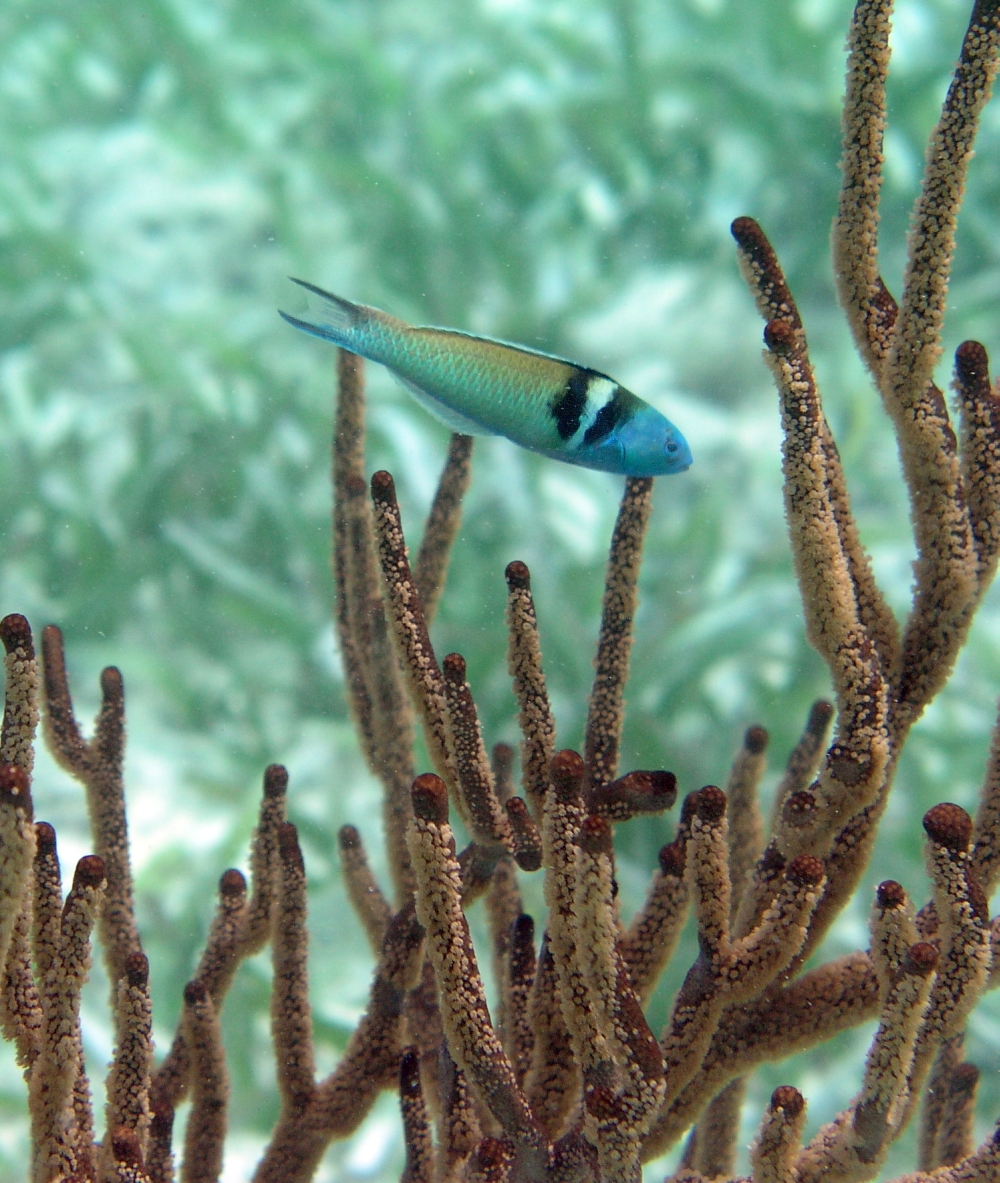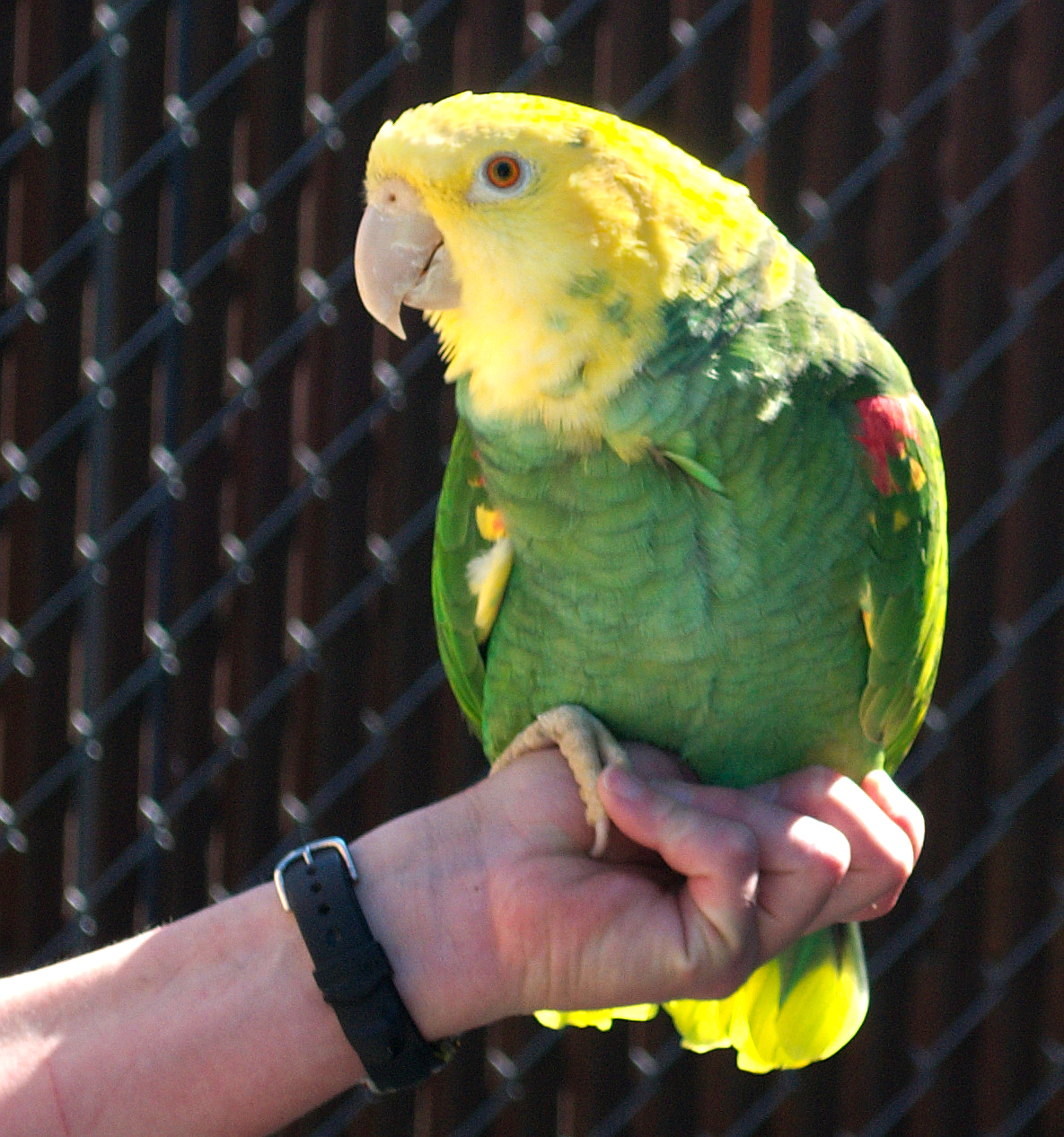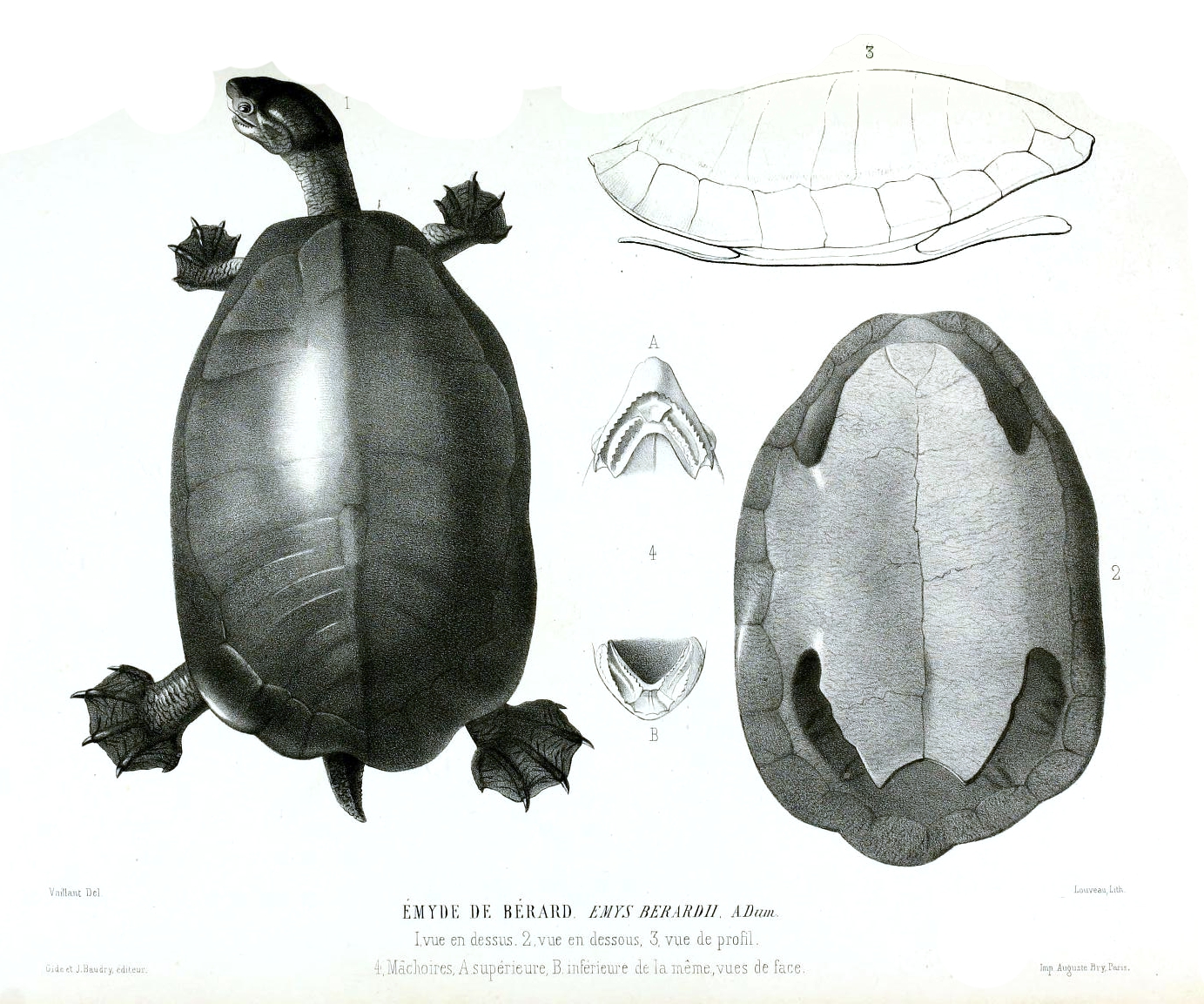|
Rio Bravo Conservation And Management Area
The Rio Bravo Conservation and Management Area is a nature reserve located in northwestern Belize. Rio Bravo, as it is known, was established by Programme for Belize in 1988 with the purchase of 110,044 acres (44,533.2 hectares) of land from Gallon Jug Agroindustries. With logging encroachment imminent in 1989, the Nature Conservancy joined Programme for Belize to protect the land. Additional land donations from Coca-Cola Foods, Inc. (42,007 acres in 1990 and in 1992) and purchases from New River Enterprises Ltd. (14,011 acres and both in 1994) enlarged the protected area to . Rio Bravo is the largest terrestrial Conservation in Belize, conservation area in Belize, comprising 4% of the country's total land area. Habitat, flora, and fauna Rio Bravo is host to a wide variety of habitats including: *Belizean pine forest *Secondary palm/broadleaf forest *Marsh forest *Freshwater lagoon Surveys of Rio Bravo have yielded over 70 mammal species (greater than 50% bats) and 392 bird s ... [...More Info...] [...Related Items...] OR: [Wikipedia] [Google] [Baidu] |
Belize
Belize (; bzj, Bileez) is a Caribbean and Central American country on the northeastern coast of Central America. It is bordered by Mexico to the north, the Caribbean Sea to the east, and Guatemala to the west and south. It also shares a water boundary with Honduras to the southeast. It has an area of and a population of 441,471 (2022). Its mainland is about long and wide. It is the least populated and least densely populated country in Central America. Its population growth rate of 1.87% per year (2018 estimate) is the second-highest in the region and one of the highest in the Western Hemisphere. Its capital is Belmopan, and its largest city is the namesake city of Belize City. Belize is often thought of as a Caribbean country in Central America because it has a history similar to that of English-speaking Caribbean nations. Indeed, Belize’s institutions and official language reflect its history as a British colony. The Maya civilization spread into the area of Beli ... [...More Info...] [...Related Items...] OR: [Wikipedia] [Google] [Baidu] |
Programme For Belize
The Programme for Belize is a private initiative, the first project undertaken in 1988. Financial and management assistance was generously given by the Massachusetts Audubon Society. After the project was identified and started, loans were provided by the Nature Conservancy and donations provided by the World Land Trust. The goal of the project was to purchase and protect tropical rainforests in Belize to prevent them from being sold and cleared to make way for ranching. The project (and also the Trust) was launched at the London Butterfly House in May 1989. The famous naturalists Gerald Durrell and his wife Lee Durrell were guests of honour, and also visited Belize in 1989 to help with in-situ conservation efforts there. By 1996, more than of land had been purchased and was under the ownership and protection of PfB. The World Land Trust then initiated Friends of Belize to help raise funds to cover costs of continuing protection of the purchased lands, as well as to aid in-situ c ... [...More Info...] [...Related Items...] OR: [Wikipedia] [Google] [Baidu] |
Nature Conservancy
The Nature Conservancy (TNC) is a global environmental organization headquartered in Arlington, Virginia. it works via affiliates or branches in 79 countries and territories, as well as across every state in the US. Founded in 1951, The Nature Conservancy has over one million members globally , and has protected more than of land in its history. , it is the largest environmental non-profit organization by assets and revenue in the Americas. History The Nature Conservancy developed out of a scholarly organization initially known as the Ecological Society of America (ESA). The ESA was founded in 1915, and later formed a Committee on Preservation of Natural Areas for Ecological Study, headed by Victor Ernest Shelford, Victor Shelford.Our History ". The Nature Conservancy. nature.org. Retrieved December 18, 2016. [...More Info...] [...Related Items...] OR: [Wikipedia] [Google] [Baidu] |
Coca-Cola
Coca-Cola, or Coke, is a carbonated soft drink manufactured by the Coca-Cola Company. Originally marketed as a temperance drink and intended as a patent medicine, it was invented in the late 19th century by John Stith Pemberton in Atlanta, Georgia. In 1888, Pemberton sold Coca-Cola's ownership rights to Asa Griggs Candler, a businessman, whose marketing tactics led Coca-Cola to its dominance of the global soft-drink market throughout the 20th and 21st century. The drink's name refers to two of its original ingredients: coca leaves and kola nuts (a source of caffeine). The current formula of Coca-Cola remains a closely guarded trade secret; however, a variety of reported recipes and experimental recreations have been published. The secrecy around the formula has been used by Coca-Cola in its marketing as only a handful of anonymous employees know the formula. The drink has inspired imitators and created a whole classification of soft drink: colas. The Coca-Cola Company p ... [...More Info...] [...Related Items...] OR: [Wikipedia] [Google] [Baidu] |
Conservation In Belize
Since declaring independence in 1981, Belize has enacted many environmental protection laws aimed at the preservation of the country's natural and cultural heritage, as well as its wealth of natural resources. These acts have established a number of different types of protected areas, with each category having its own set of regulations dictating public access, resource extraction, land use and ownership. Roughly 26% (2.6 million acres, or 1.22 million hectares) of Belizean land and sea is preserved within a total of 95 reserves, which vary in their purpose and level of protection. This network of protected areas exists under a variety of management structures: * of terrestrial reserves; * of marine reserves; * protected through officially recognised private conservation initiatives. However, most of these protected areas are actually for the management of resource use and extraction, rather than for the preservation of the environment. Background Biodiversity Situated ... [...More Info...] [...Related Items...] OR: [Wikipedia] [Google] [Baidu] |
Belizean Pine Forest
Belizean may refer to: * Something of, or related to Belize, a Central American nation * Belizean people, people originating in Belize whether they live there or in the Belizean diaspora * Belizean population, see Demographics of Belize * Belizean cuisine * Belizean culture, see Culture of Belize * Belizean society Belize's social structure is marked by enduring differences in the distribution of wealth, power, and prestige. Because of the small size of Belize's population and the intimate scale of social relations, the social distance between the rich and the ... See also * {{disambiguation Language and nationality disambiguation pages ... [...More Info...] [...Related Items...] OR: [Wikipedia] [Google] [Baidu] |
Yellow-headed Amazon
The yellow-headed amazon (''Amazona oratrix''), also known as the yellow-headed parrot and double yellow-headed amazon, is an endangered amazon parrot of Mexico and northern Central America. Measuring in length, it is a stocky short-tailed green parrot with a yellow head. It prefers to live in mangrove forests or forests near rivers or other bodies of water. It is sometimes considered a subspecies of the yellow-crowned amazon (''Amazona ochrocephala''). It is a popular pet and an excellent talker. Poaching for the international pet trade has driven the species to near-extinction in the wild; around half of all wild-caught birds are thought to die in the process. Taxonomy This species is part of the ''Amazona ochrocephala'' complex, which also includes the yellow-naped amazon (''A. auropalliata''). This complex, which has been called "a taxonomic headache", is considered a single species by some authorities and split into three species by others. The split is mainly based on the ... [...More Info...] [...Related Items...] OR: [Wikipedia] [Google] [Baidu] |
Morelet's Crocodile
Morelet's crocodile ''(Crocodylus moreletii)'', also known as the Mexican crocodile or Belize crocodile, is a modest-sized crocodilian found only in fresh waters of the Atlantic regions of Mexico, Belize and Guatemala. It usually grows to about in length. It is a Least Concern species. The species has a fossil record in Guatemala. Taxonomy and etymology Morelet's crocodile was first described in 1850 in Mexico by the French naturalist Pierre Marie Arthur Morelet. The species was subsequently named after him. It was long confused with the American and Cuban crocodiles because of similar characteristics and an ambiguous type locality. It was not generally accepted as a separate species until the 1920s. Evolution The genus '' Crocodylus'' likely originated in Africa and radiated outwards towards Southeast Asia and the Americas, although an Australia/Asia origin has also been considered. Phylogenetic evidence supports ''Crocodylus'' diverging from its closest recent relative, ... [...More Info...] [...Related Items...] OR: [Wikipedia] [Google] [Baidu] |
Central American River Turtle
The hickatee (''Dermatemys mawii'') or in Spanish ''tortuga blanca'' ('white turtle'), also called the Central American river turtle, is the only living species in the family Dermatemydidae. The species is found in the Atlantic drainages of Central America, specifically Belize, Guatemala, southern Mexico and probably Honduras. It is a relatively large-bodied species, with records of straight carapace length and weights of ; although most individuals are smaller. This is a herbivorous and almost completely aquatic turtle that does not even surface to bask. Bizarrely for reptiles, the eggs can remain viable even after being underwater for weeks -in the recent past, some scientists mistakenly claimed it nests underwater, likely due to visiting Central America during a frequent flood, when nests are often submerged. In the culture of the Ancient Mayan civilisation this species and turtles in general had numerous uses such as being used in warfare, as musical instruments and as ... [...More Info...] [...Related Items...] OR: [Wikipedia] [Google] [Baidu] |
Yucatán Platform
The Yucatán Platform or Yucatán Shelf is a geologic province, geologic or Physiographic province, physiographic province, and a Platform (geology), continental and carbonate platform, in the Maya Block of the southernmost portion of the North American Plate. It comprises the Yucatán Peninsula and its continental shelf, located between the Gulf of Mexico and the Caribbean Sea. Extent The Yucatán Platform is commonly defined as the platform (geology), continental platform constituted by the Yucatán Peninsula and its continental shelf. As such, the margins of the continental shelf, or, more particularly, their isobaths or depth contours, are often taken as the platform's submarine limits. Its subaerial limits (on the Yucatán Peninsula) are less precisely fixed. The US Geological Survey have demarcated the limits of the Yucatán Platform. Their British Geological Survey, British, Geology and Petroleum Department (Belize), Belizean, and Mexican Geological Survey, Mexican co ... [...More Info...] [...Related Items...] OR: [Wikipedia] [Google] [Baidu] |
_-_057.jpg)




